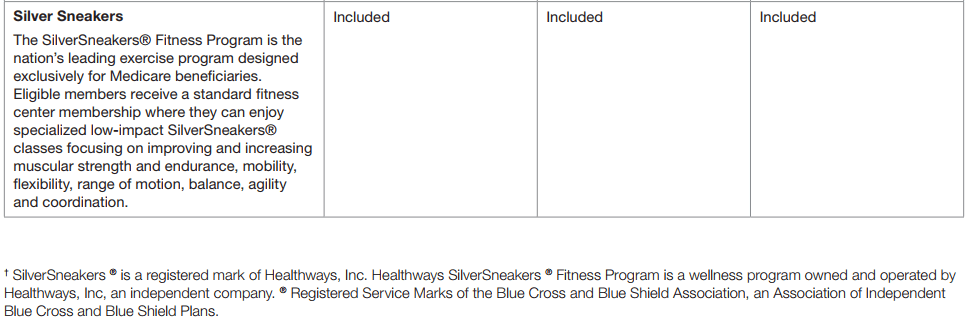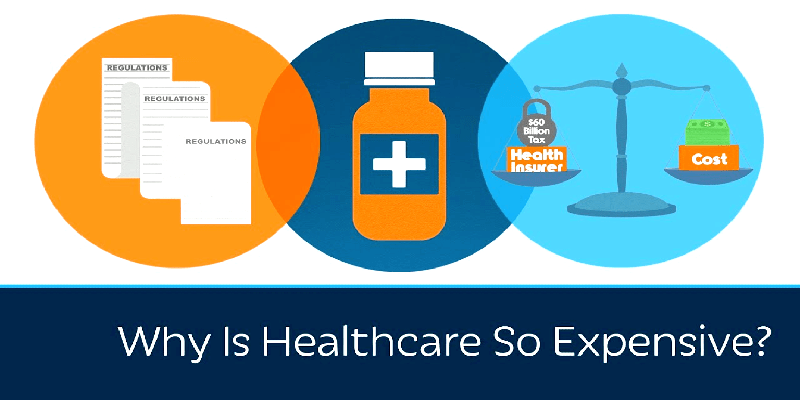But know that short-term medical insurance may have limits that routine health insurance does not have, such as caps on yearly benefits paid. Medicare is a federal medical insurance program for Americans above the age of 65. It offers complimentary or heavily cost-reduced health care to eligible enrollees. There are four parts to Medicare that cover various health care services:Part A for inpatient (healthcare facility) care, for which the majority of people pay no premiums Part B, for outpatient care, like doctor's office gos to. In 2021, Part B has a monthly premium of $148. 50.Part C, which is likewise called Medicare Benefit, and permits you to purchase into private health insurance.Part D, for prescription drug protection. gov or your state exchange.
Medicaid is a federal and state medical insurance program for low-income families and individuals. Medicaid has eligibility requirements that are set on a state-by-state basis, but it is mainly designed for those with low incomes and low liquid possessions. It is likewise developed to help households and caretakers of children in requirement. You can typically inspect if you certify for Medicaid through healthcare. gov or your state exchange. The Children's Health Insurance coverage Program( CHIP) is a federal and state program that is comparable to Medicaid, but particularly created to cover children listed below the age of 18. Like Medicaid, you can generally see if you qualify and apply on Healthcare.

gov or your state's exchange. All private medical insurance plans, whether they're on-exchange or off-exchange, work by partnering with networks of health care providers. But the way that these strategies work with the networks can vary substantially, and you want to ensure you understand the distinctions in between these plans.HMO prepares are the most limiting type of strategy when it comes to accessing your network of service providers.If you have an HMO plan, you'll be asked to pick a main care doctor( PCP) that is in-network. All of your care will be collaborated by your PCP, and you'll need a referral from your PCP to see a specialist. HMO plans generally have cheaper premiums than other types of private medical insurance plans.PPO prepares are the least limiting type ofstrategy when it comes to accessing your network of service providers and getting care from outside the plan'snetwork. Usually, you have the alternative between picking in between an in-network physician, who can you see at a lower expense, or an out-of-network medical professional at a higher expense. You do not require a referral to see an expert, though you might still choose a medical care physician( some states, like California, may need that you have a medical care physician). PPO strategies generally have more expensive premiums than other kinds of personal medical insurance plans.EPO prepares are a mix between HMO strategies and PPO plans. Nevertheless, EPO plans do not cover out-of-network physicians. EPO plans usually have more costly premiums than HMOs, but less expensive premiums than PPOs.POS plans are another hybrid of HMO and PPO strategies.
You'll have a primary care company on an HMO-style network that can collaborate your care. You'll also have access to a PPO-style network with out-of-network choices( albeit at a higher cost). The HMO network will be more economical, and you will need to get a recommendation to see HMO experts. POS strategies generally have more costly premiums than pure HMOs, however less pricey premiums than PPOs. Find out more about the distinctions between HMOs, PPOs, EPOs, and POS plans. Some individuals get puzzled due to the fact that they believe metal tiers explain the quality of the plan or the quality of the service they'll receive, which isn't real. Here's how medical insurance plans roughly divided the costs, arranged by metal tier: Bronze 40% consumer/ 60%.
insurance provider, Silver 30 %consumer/ 70% insurer, Gold 20 %consumer/ 80 %insurer, Platinum 10 %customer/ 90 %insurance company, These are top-level numbers across the entirety of the plan, taking into account the deductible, coinsurance, and copayments, as dictated by the specific structure of the strategy, based upon the expected typical usage of the plan. These portions do not take premiums into account - What is insurance. In basic, Bronze plans have the lowest regular monthly premiums and Platinum have the highest, with Silver and Gold occupying the cost points in between. As you can see from the cost-sharing split above, Bronze plan premiums are more affordable since the customer pays more expense for health care services.

If you frequently use healthcare services, you'll probably end up paying more out-of-pocket if you choose a Bronze plan, although it has a lower premium. If you qualify, you can utilize a medical insurance premium subsidy to help you pay for a plan in a greater tier, ultimately saving you cash. Catastrophic prepares have very high deductibles often, the deductible is the very same as the out-of-pocket max which means they're truly only beneficial for avoiding a mishap or severe disease from triggering you to go into serious financial obligation. Catastrophic strategies are only available for individuals under 30 or people with a hardship exemption. You can not use an aid on disastrous plan renting out your timeshare premiums, however, for several years throughout which the health insurance coverage mandate was active, catastrophic plans did count as certifying healthcare. When you buy a health insurance strategy, it is very important to know what the crucial functions are that choose just how much you're in fact going to spend for health care. Every month, you pay a premium to a medical insurance company in order to access a health insurance strategy. As we'll get into in a second, while your regular monthly premium may be just how much Visit this page you spend for medical insurance, it's not equivalent to just how much you pay on healthcare services. In truth, choosing a plan with lower premiums will likely imply that you'll pay more out-of-pocket if you require to see a medical professional. A deductible is just how much you require to spend for healthcare services out-of-pocket before your health insurance starts. In the majority of plans, as soon as you pay your deductible, you'll still require to pay copays and coinsurance up until you struck the out-of-pocket max, after which the strategy spends for 100 %of services. Keep in mind that the deductible and out-of-pocket optimum explain 2 different principles: the deductible is just how much you'll spend for a covered treatment prior to your insurance starts to pay, and the out-of-pocket maximum is the overall amount you'll spend for care including the deductible. A copayment, typically reduced to simply" copay," is a set quantity that you pay for a specific service or prescription medication. Copayments are among the manner ins which health insurance providers Have a peek at this website will divide expenses with you after you strike your deductible. In addition to that, you might have copayments on particular services before you hit your deductible. For example, numerous medical insurance strategies will have copayments for doctor's sees and prescription drugs before you strike your deductible.